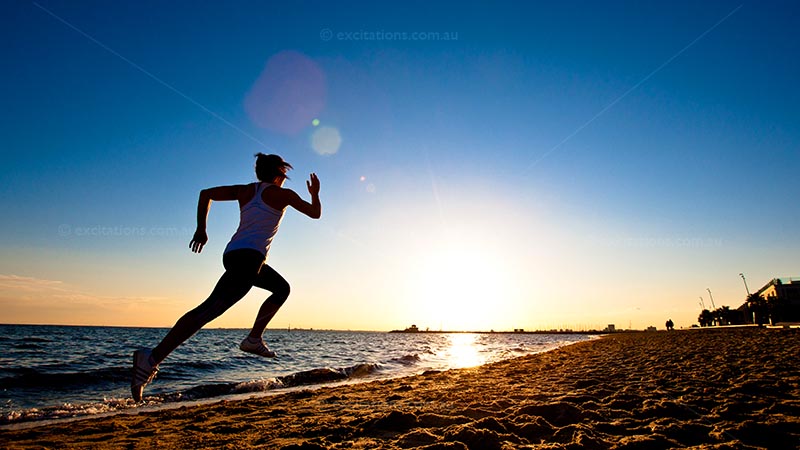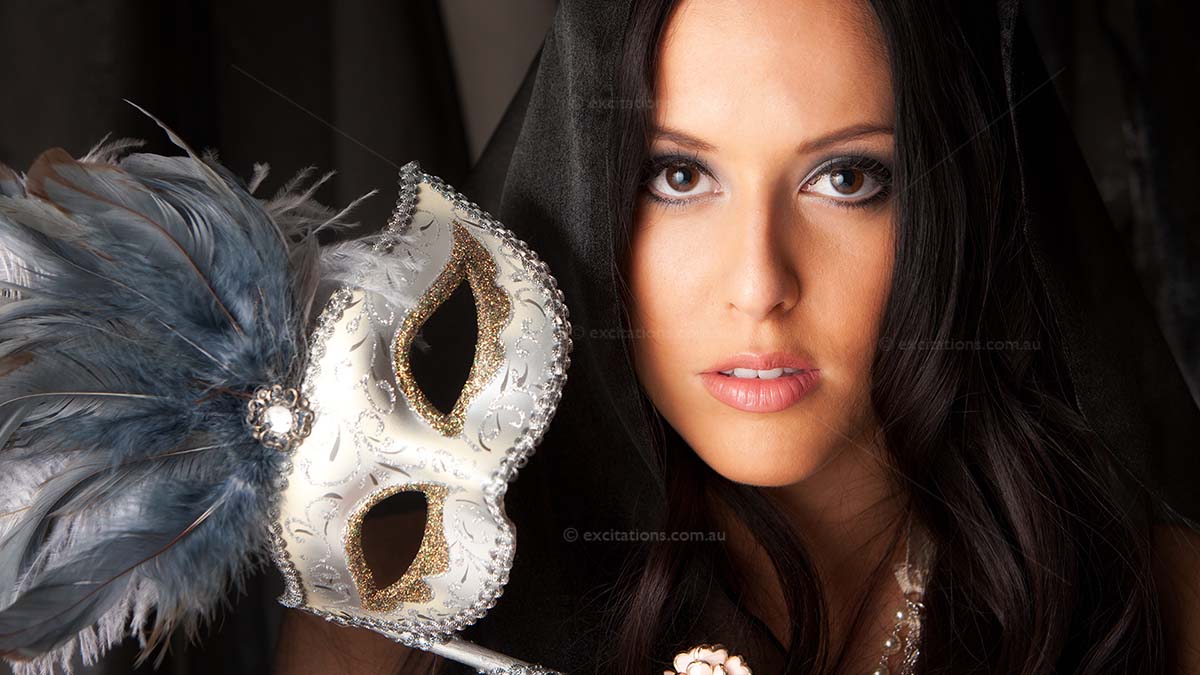Know the difference between commercial and editorial stock photography.
Understanding the difference between the two is crucial. Ensuring you’re using the right image for your needs.
Commercial stock photos are images used in advertising, marketing, and other commercial contexts. These images often feature models or staged scenes designed to sell a product or service. They may include recognisable brands or logos and often require a model and property releases.
Editorial stock photos are images used to illustrate news stories, feature articles, and other non-commercial content. These images are often candid or documentary in nature and may feature people, events, or locations that are newsworthy. Editorial images, often don’t have the required commercial releases to be used in advertising.
One of the main differences between commercial and editorial stock photos is their intended use. Commercial images are explicitly created to promote products or services. Editorial pictures are used to illustrate news and feature stories. As a result, the licensing agreements for these images can be quite different.
Commercial stock photos are typically licensed for commercial use, meaning they can be used to sell products or services or to promote a brand or company. For example, somebody may use them in advertising campaigns, websites, brochures or flyers, and other marketing materials. Licenses for commercial stock photos often have restrictions on how the images can be used.
Editorial stock photos, on the other hand, are licensed for editorial use only. They can only be used to illustrate news stories or other non-commercial content. Mostly used in newspapers, magazines, online publications, or other editorial contexts.
Understanding the difference between commercial and editorial stock photography is important to ensure that you’re using the right type of image for your needs. When licensing images, it’s important to pay attention to the licensing agreement and any restrictions that may apply to your use of the image.

